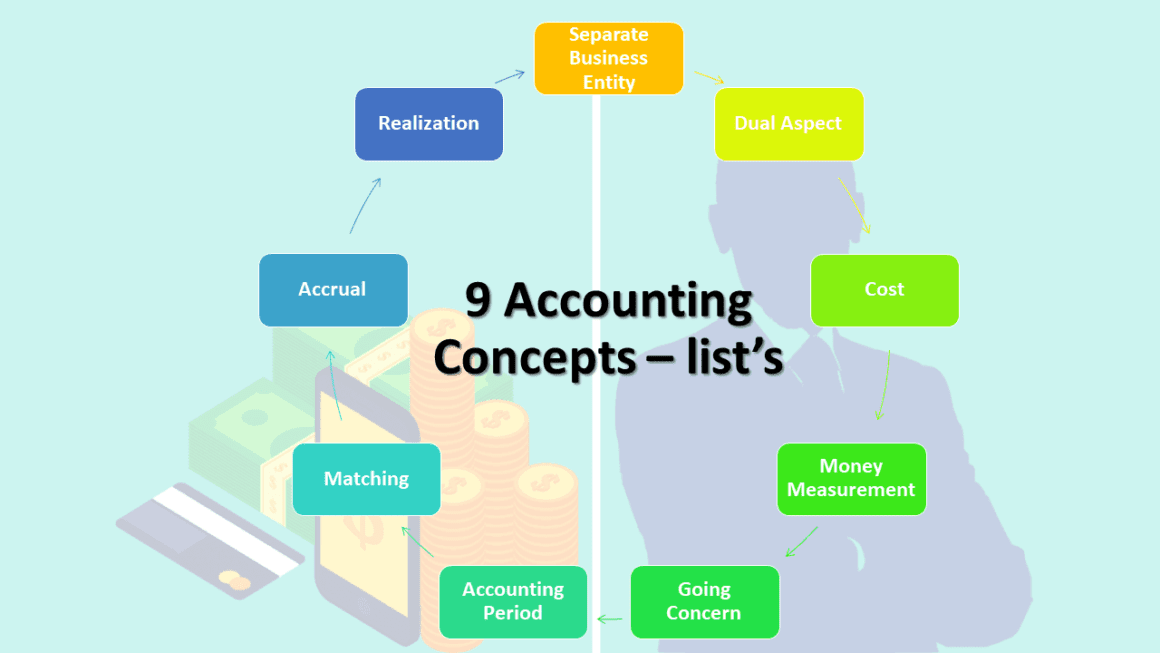
The three most common components of a financial statement are the balance sheet, the income statement, and the statement of cash flows. In some jurisdictions, summary services financial statements are available (or may be required) on a quarterly basis. These reports are usually sent to all investors and others outside the management group.

What Are Major Accounting Software Platforms?
The first thing to note about accounting is that it is an art, not a science. It is a practical subject concerned more with doing things than theorizing about them. In most other countries, a set of standards governed by the International Accounting Standards Board named the International Financial Reporting Standards (IFRS) is used.
Business
The chart of accounts allows you to organize your business’s complex financial data and distill it into clear, logical account types. It also lays the foundation for all your business’s important financial reports. Accounting is the process of keeping track of your business’s financial transactions. This focuses on the use and interpretation of financial information to make sound business decisions. It’s similar to financial accounting, but this time, it’s reserved for internal use, and financial statements are made more frequently to evaluate and interpret financial performance.
What is a savings account?
Then, your new balance (either $10,010 or $10,400) would start to earn interest. If you have a shorter compounding period, your money will grow faster, depending on your interest rate. Beyond quick access to your cash when you need it, savings accounts often offer higher interest rates than checking accounts.
The last part of the definition from the AICPA shown above is concerned with the interpretation of the results made available by accounting records and summaries. Another important fact is that such records, classifications, and summaries are made for both transactions and events. Accounting process provides financial data for a broad range of individuals whose objectives in studying the data vary widely. The process of identifying, measuring, and communicating economic information to permit informed judgments and decisions by the users of the information. In recent years, there has been a growing demand on the part of stakeholders for information concerning the social impacts of corporate decision making. Increasingly, companies are including additional information about environmental impacts and risks, employees, community involvement, philanthropic activities, and consumer safety.
- Larger companies often have much more complex solutions to integrate with their specific reporting needs.
- The financial statements of most companies are audited annually by an external CPA firm.
- A chart of accounts is a small business accounting tool that organizes the essential accounts that comprise your business’s financial statements.
- While accrued accounting is more complicated, it paints an accurate picture of finances long-term.
- On one hand, businesses may prefer to report at the market rate because that reflects current value.
What Are the Different Types of Accounting?
You might even find some savings accounts with a higher annual percentage yields (APYs) than money market accounts. The average APY on savings accounts is just 0.57 percent, but you can find high-yield savings accounts paying more than 5 percent. You must report all relevant information about your financial statements when sharing them. The full disclosure principle builds trust between a business and its shareholders, lenders, and partners. Whether you run a small business or an enterprise, accounting plays a key role in financial management.
The financial statements of most companies are audited annually by an external CPA firm. Every transaction needs to be recorded and accounted for properly so that a company’s financial statements are accurate. If not, a company could think it has more or less cash flow, or profits, than it actually has. Inaccurate reporting may later lead to serious problems for a company, meaning it may not be able to pay its debts, or money set aside for investing is not available.
Accountants may be tasked with recording specific transactions or working with specific sets of information. For this reason, there are several broad groups that most accountants can be grouped into. An account is a specific item that make up the major elements of accounting. A ledger is a book, paper or electronic, that processes and keeps all accounts and information about the amounts debited and credited to each account. Also known as permanent accounts, real accounts include asset, liability, and capital accounts. They are not closed at the end of every accounting period, hence are measured cumulatively.
At larger companies, there might be sizable finance departments guided by a unified accounting manual with dozens of employees. Under this meaning, an account is another entity or person for whom a business acts as a supplier, and with whom there may be an outstanding accounts receivable balance. In this context, an account generally refers to an established customer, rather than an entity with which a company does business just once. For example, a new salesperson is assigned 30 accounts when she is hired; this means that she is responsible for selling to the assigned list of 30 customers. The term account is also used in transactions where suppliers sell goods to customers and grant credit terms such as net 10 days.
Tax professionals include CPAs, attorneys, accountants, brokers, financial planners and more. Their primary job is to help clients with their taxes so they can avoid paying too much or too little in federal income or state income taxes. The term account generally refers to a record-keeping or ledger activity. Just as managerial accounting helps businesses make management decisions, cost accounting helps businesses make decisions about costing. Essentially, cost accounting considers all of the costs related to producing a product.
In those situations, a supplier is selling goods on account and the customer has purchased goods on account. The supplier has also increased the balance in its current asset account entitled Accounts Receivable and the customer will increase the balance in its current liability account entitled Accounts Payable. My Accounting Course is a world-class educational resource developed by experts to simplify accounting, finance, & investment analysis topics, so students and professionals can learn and propel their careers. Expense accounts, on the other hand, represent the resources used to generate income. Operating across states and offices calls for more financial insight. While a department isn’t cheap, you can see a return on investment over time.

